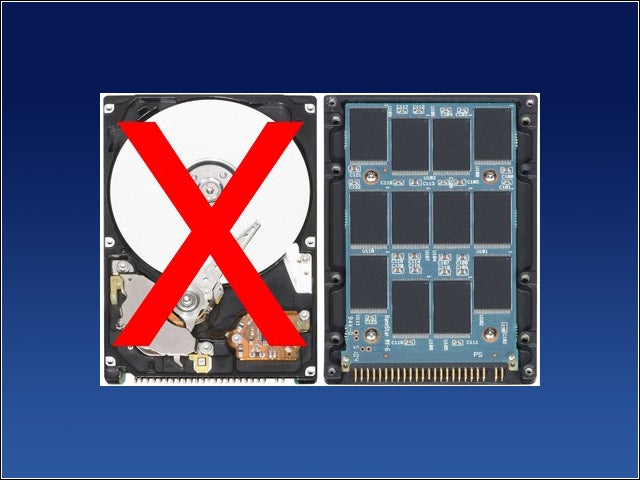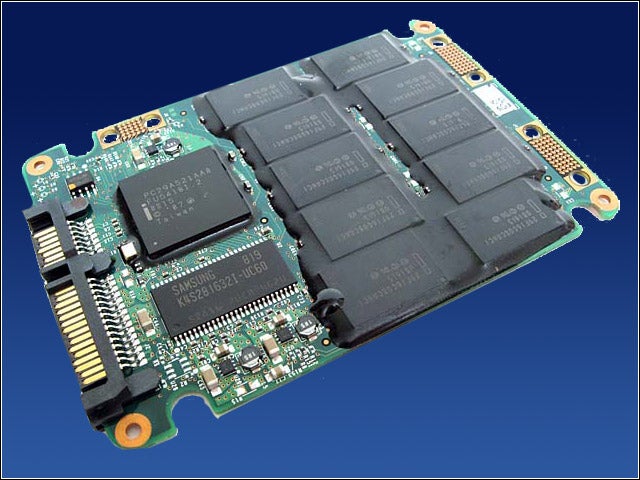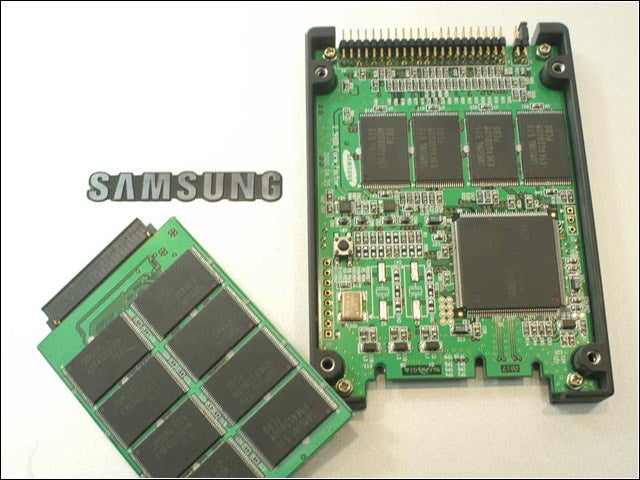eWEEK content and product recommendations are editorially independent. We may make money when you click on links to our partners. Learn More.
1Whats Driving Solid-State Storage Demand?
2Values That SSDs Bring
SSDs accelerate application performance, reduce storage latency and increase storage throughput. They also reduce storage power consumption and data center cooling requirements along with the overall environmental footprint and support costs. Finally, they eliminate most of the mechanical elements that make HDDs more susceptible to failures over time.
3SSDs Must Match Up With the Right Applications
HDDs can satisfy the storage performance more cost-effectively in certain storage subsystems. Applications that are still ideal for HDDs include: heavy sequential write environments; applications where data is accessed infrequently; applications for which high performance is not critical; long-term storage and large data archives/data sets; and secondary or tertiary storage.
4Markets, Applications That Benefit From Solid-State Storage
5Best Deployment Options for Server-Based Solid-State Storage
6Highest Performance, Lowest Latency Storage With RAID
7Boosting Performance With Minimal Change and Limited Budget
8Large Protected Dataset/Small Active Data Set
9Large Protected Dataset/Medium Active Dataset
10Solid-State Storage Buying Decisions
Before deciding to buy SSD systems, assess the complete needs of your environment. Select solutions tailored to your unique needs. Narrow down your vendor options to either best of breed or complete portfolio, depending on the diversity of your needs. Weigh stability and broad market support of Tier 1 supplier versus the upside of going with new offerings from emerging vendors in this nascent market segment.









